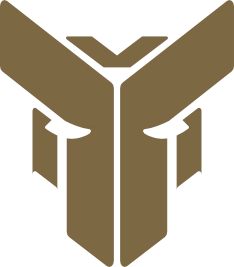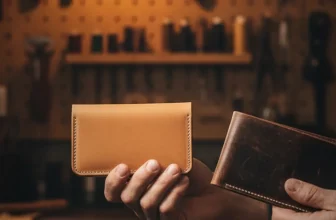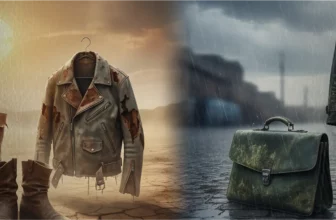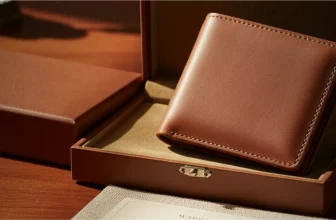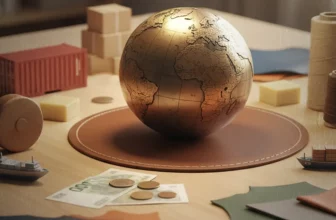The Leather Industry in Europe: A Comprehensive Overview for Luxury and Sustainable Markets
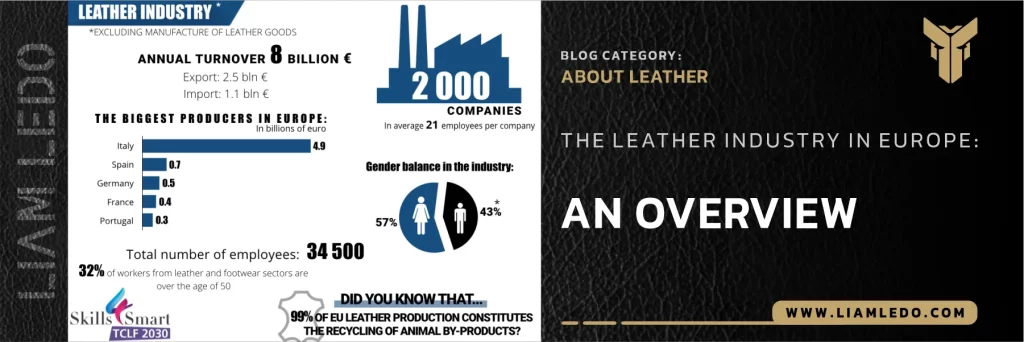
The leather industry in Europe has evolved into one of the most respected and technologically advanced sectors in the world. With deep historical roots and a strong reputation for producing luxury leather goods, it stands today as a global benchmark for quality, innovation, and sustainability. From traditional craftsmanship to modern production techniques, the European leather industry continues to shape trends and set high standards for excellence.
Learn more about leather and make better choices:
History of the Leather Industry in Europe :
A. Ancient Origins
The roots of the leather industry in Europe stretch back to the Roman Empire, when leather was widely used in clothing, armor, and household items. Ancient tanning methods laid the foundation for today’s craftsmanship, making European leather products highly durable and functional.
B. Middle Ages and Renaissance
During the Middle Ages, cities like Venice, Florence, and Paris became hubs for leather production. Italian and French artisans introduced sophisticated tanning and design techniques, transforming leather items into luxury accessories. The Renaissance period, known for its artistic excellence, brought further innovation, with handmade leather belts and bags becoming symbols of wealth and status.
C. Industrial Revolution
The 19th century revolutionized leather production in Europe. With the rise of machinery, countries like Britain and Germany increased production capacity and consistency. This period also marked the beginning of mass-market distribution, paving the way for modern-day leather exports.
2.The Current Landscape of the Leather Industry in Europe
Leading Producers :
- Europe is a dominant player in the global leather market. Countries like Italy, France, Spain, and Germany lead the charge:
- Italy is world-renowned for luxury leather accessories. Brands like Gucci, Prada, and Ferragamo exemplify premium craftsmanship.
- France is home to iconic fashion houses like Louis Vuitton and Chanel, which focus on high-end leather goods.
- Spain offers colorful, handmade leather bags and belts that blend tradition with innovation.
- Germany stands out for its use of advanced production technologies, particularly in tanning and sustainable leather processing.
These countries have solidified Europe’s reputation for “best leather products Europe affiliate” opportunities and top-tier fashion exports.
Technological Advancements :
Innovation drives the leather industry forward. Recent developments include vegetable tanning methods, which use natural materials to reduce chemical impact. These eco-friendly techniques support the demand for “sustainable leather accessories Europe affiliate” products. Moreover, AI and digital design tools allow producers to streamline the manufacturing process and offer personalized items to consumers worldwide.
Economic Impact :
The leather industry contributes significantly to the European economy. From manufacturing and design to sales and after-sales service, it supports thousands of jobs. The demand for “genuine leather goods Europe online” is high, particularly in Asia and North America, making leather a strong export commodity. As a result, the industry is not just a cultural asset but a financial powerhouse.
3.Challenges Facing the European Leather Market
A. Environmental Concerns :
Traditional tanning processes involve chemicals such as chromium, which can harm ecosystems. To address this, many European tanneries have adopted sustainable practices and comply with strict EU environmental regulations. These efforts make the continent a leader in “eco-friendly leather production Europe.
B. Changing Consumer Behavior
Modern consumers prioritize ethical sourcing and sustainability. There is growing interest in vegan leather and alternatives, pushing traditional producers to innovate. The keywords “buy sustainable leather products online Europe” and “ethical leather brands Europe” now reflect core market demands. Brands must evolve or risk losing relevance.
C. Global Competition
Low-cost producers in Asia and South America pose stiff competition. To stay competitive, European brands focus on high-end markets and brand storytelling. Quality, heritage, and “handmade leather goods Europe affiliate” campaigns help justify premium pricing.
4. The Future of the Leather Industry in Europe
A. Embracing Sustainability
Sustainability isn’t a trend—it’s the future. European leather producers are investing in renewable energy, water-efficient processes, and biodegradable packaging. Initiatives such as vegetable tanning and zero-waste design aim to reduce the carbon footprint. This commitment strengthens Europe’s position in the “sustainable fashion affiliate” space.
B. Expansion into New Markets
Demand for high-quality European leather is rising in Asia, the Middle East, and South America. Affiliate marketers and eCommerce platforms targeting phrases like “luxury European leather brands review affiliate” can tap into a growing customer base seeking authentic craftsmanship.
C. Integration of Smart Technologies
From blockchain for traceability to AI-driven inventory systems, technology is reshaping the leather business. These tools increase transparency, reduce waste, and optimize supply chains—key for affiliates promoting “genuine leather goods Europe online.
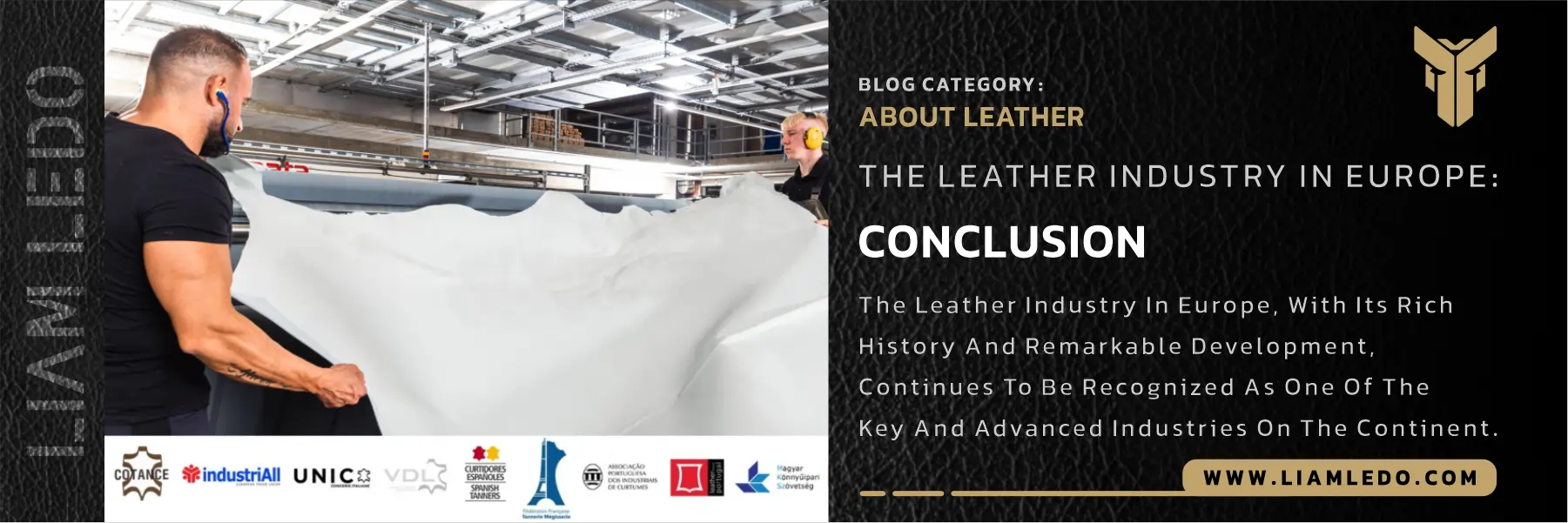
Conclusion:
Why Europe Remains the Leather Capital ? The leather industry in Europe, rooted in heritage and driven by innovation, continues to lead the global market. Its focus on quality, sustainability, and advanced technologies ensures it remains competitive despite environmental challenges and global competition. For consumers and affiliates alike, European leather products represent the pinnacle of luxury, durability, and responsible craftsmanship. Whether you’re looking to “buy genuine leather products online Europe” or promote “handmade leather belts Europe affiliate,” the opportunities within this sector are as rich as its legacy, offering lasting value for both businesses and buyers.
Source: The Gentleman’s Gazette | Wikipedia
